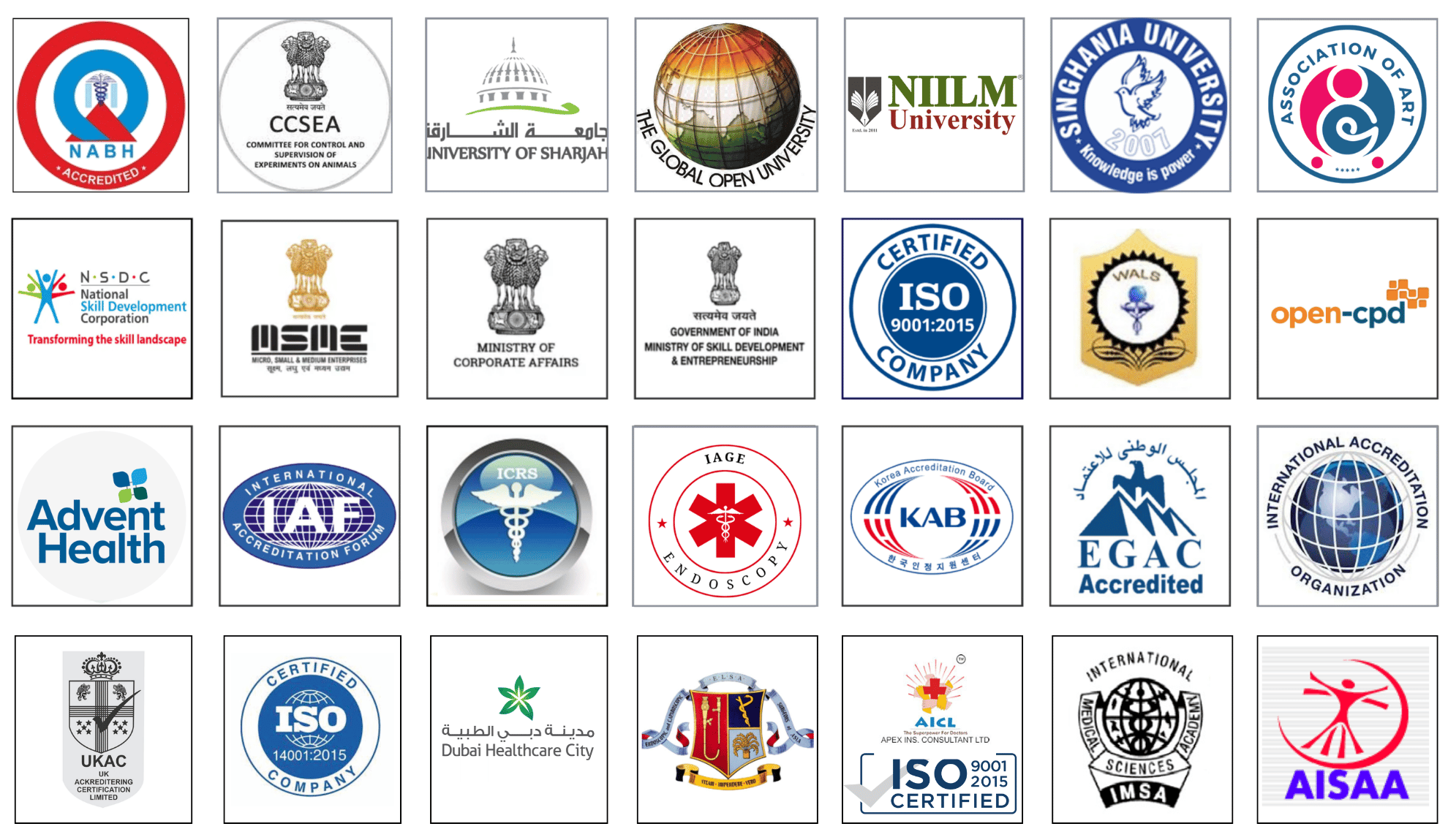Robotic Surgery: Maximizing Benefits for Patients and Surgeons
Introduction:
Robotic surgery has revolutionized the field of medicine, offering unprecedented precision and efficiency in various surgical procedures. This cutting-edge technology utilizes robotic systems controlled by skilled surgeons to perform complex operations with enhanced accuracy and minimal invasiveness. In this article, we delve into the myriad benefits that robotic surgery brings to both patients and surgeons, exploring its evolution, applications, challenges, and future prospects.

Evolution of Robotic Surgery:
The roots of robotic surgery can be traced back to the mid-20th century, with early experiments in remote surgery and telemanipulation. However, it wasn't until the late 20th and early 21st centuries that significant advancements in robotics and computer-assisted surgery paved the way for the development of modern robotic surgical systems. The da Vinci Surgical System, introduced in the late 1990s, marked a turning point in the field, enabling surgeons to perform minimally invasive procedures with enhanced precision and control.
Applications of Robotic Surgery:
Robotic surgery finds application across a wide range of medical specialties, including urology, gynecology, general surgery, cardiothoracic surgery, and more. In urology, for example, robotic-assisted prostatectomy has become the gold standard for treating prostate cancer, offering improved oncological outcomes and reduced postoperative complications compared to traditional open surgery. Similarly, in gynecology, robotic-assisted hysterectomy allows for smaller incisions, less blood loss, and faster recovery times for patients.
Benefits for Patients:
One of the primary benefits of robotic surgery for patients is its minimally invasive nature, which results in smaller incisions, less blood loss, reduced pain, and shorter hospital stays. The enhanced precision and dexterity of robotic systems also minimize the risk of complications and improve surgical outcomes. Moreover, robotic surgery enables surgeons to access hard-to-reach anatomical areas more easily, expanding the scope of what can be accomplished through minimally invasive techniques.
Benefits for Surgeons:
Robotic surgery offers numerous advantages for surgeons as well. The intuitive interfaces and ergonomic designs of robotic systems allow for greater comfort and control during procedures, reducing surgeon fatigue and improving performance. Additionally, the magnified 3D visualization provided by robotic consoles enhances depth perception and spatial awareness, facilitating more precise tissue dissection and suturing. Furthermore, the ability to perform complex maneuvers with greater ease and accuracy expands the surgical capabilities of even the most experienced surgeons.
Challenges and Limitations:
Despite its many benefits, robotic surgery is not without its challenges and limitations. One major challenge is the cost associated with acquiring and maintaining robotic systems, which can be prohibitive for some healthcare institutions. Moreover, there is a learning curve involved in mastering robotic-assisted techniques, requiring surgeons to undergo specialized training and certification. Additionally, concerns have been raised about the potential for over-reliance on technology and the loss of tactile feedback experienced in traditional open surgery.
Future Directions:
Looking ahead, the future of robotic surgery holds immense promise, with ongoing research and development efforts aimed at overcoming current limitations and expanding the scope of robotic-assisted procedures. Advancements in artificial intelligence and machine learning are poised to enhance the capabilities of robotic systems, enabling autonomous navigation and real-time decision-making during surgery. Furthermore, the integration of haptic feedback technology could help address the issue of tactile feedback, providing surgeons with a more intuitive sense of touch while operating robotically.
Conclusion:
Robotic surgery represents a paradigm shift in modern healthcare, offering unparalleled precision, efficiency, and patient outcomes. By leveraging the latest advancements in robotics, computer science, and biomedical engineering, robotic systems empower surgeons to perform complex procedures with unprecedented accuracy and control. As technology continues to evolve and improve, the future of robotic surgery holds tremendous potential to further revolutionize the practice of medicine, ultimately benefiting both patients and surgeons alike.






